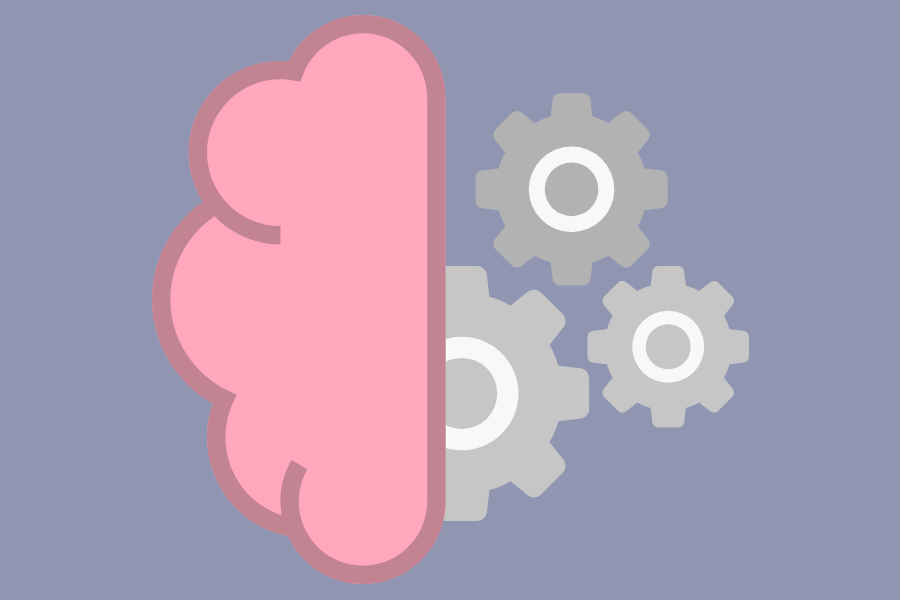My experience with microhabits: Trying a new approach to mental health
Microhabits are incremental improvements to your daily routine. Over the past few months, microhabits have helped me better my mental health.
March 10, 2021
Most mornings, I wake up around four minutes before my first period, absolutely exhausted. I reach for my pink Snuggie, sluggishly join my Zoom meeting and shuffle between completing work on a Nearpod and aimlessly scrolling through my phone. As first period ends, I eat up my break time with a 15 minute nap, before I have to log on again. Assignments have piled up on my MyMCPS dashboard, but I can’t be bothered to open them. Maybe it’s because, for the past 11 months, I’ve been sitting in my bedroom instead of a classroom. This cycle of waking up, turning on my screen, sitting through hours of virtual classes and then finally powering down is draining, to say the least.
Just a month ago, my life felt like an endless blur of these activities. The myriad of challenges the pandemic has presented have had deep-rooted effects on my mental health. But recently, I found some light at the end of the long, quarantine-riddled tunnel: microhabits; small, but powerful changes to my daily routine.
For months, I’ve been trapped in my harmful cycle largely because I felt the changes I would need to make to break free were too difficult, and trying to make these drastic changes would be pointless. Microhabits introduced me to incremental ways to adjust my routine and improve my mental health — changes that didn’t seem so scary and pointless to make.
I first discovered microhabits through a social media post, and they immediately piqued my interest. In a brightly colored graphic, the post provided five easy habits to adopt and promised tangible results. Ready to escape my monotonous, draining daily cycle, I decided I’d try out these small lifestyle changes.
The next day, I made a trip to Target to pick up a notebook in which I could write down the various changes I planned to make. Then, I started to implement the changes themselves. And it was even easier than I expected.
My first adjustment was beginning each day by making my bed — a quick routine which has since brought a comforting sense of normalcy and schedule to my life.
Next, I decided that I would spend at least an hour outside per day. Some days, I’d walk the Capital Crescent trail; other days, I’d choose to finish my homework or read outside. Spending this much needed time outside presented an opportunity to reflect and clear my headspace, as well as simply enjoy nature.
My third microhabit involved writing school assignments down in a planner, a shift from my previous practice of letting assignments pile up. Consistently writing homework down provided me with daily structure, and crossing each completed assignment out gave me a visual, reaffirming sense of progress.
Slowly but surely, I was making strides in my daily routine. My new habits also had a domino effect: as I began to feel more like myself, I started revisiting my favorite activities and fully engaging in my classes and social life. These behavior shifts positively affected my mental health, and they all originated from a few, seemingly insignificant microhabits.
That’s not to say that microhabits have miraculously cured all my mental health issues. I still have bad days, struggle at times with virtual school and grapple with other difficult aspects of quarantine; everyone does. But the changes I’ve made have had a tangible impact; each week, I feel better than the last. And for that reason, I don’t plan on stopping my microhabits anytime soon.
So, if you’re one of the many students struggling with mental health during these difficult times, try making some small improvements to your daily routine. If you stick by your plan, I know firsthand that you’ll soon start to experience the benefits, because commitment and consistency yield lasting results, no matter how micro the habit.









